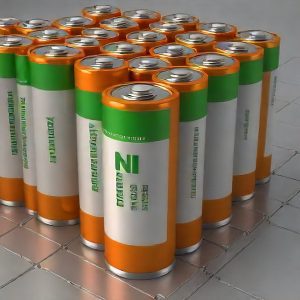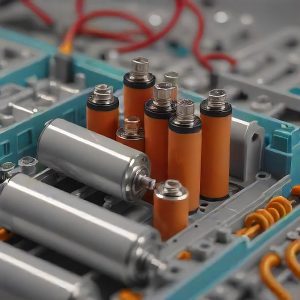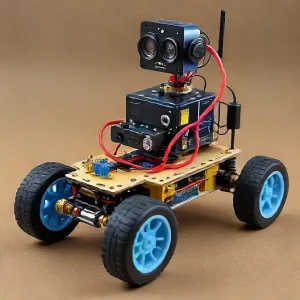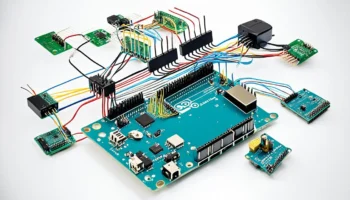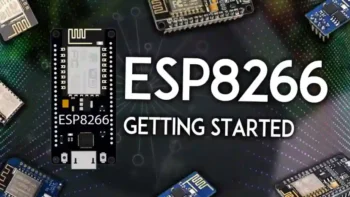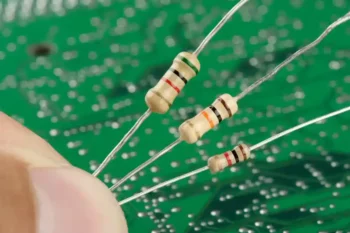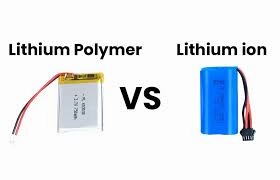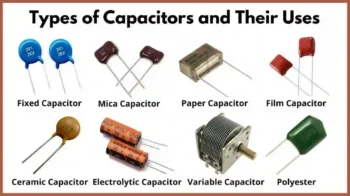In the realm of digital electronics, two key components play crucial roles in shaping the landscape of modern technology: microprocessors and microcontrollers. Although these terms might appear similar to those unfamiliar with the field, they have distinct functionalities, architectures, and applications that set them apart. This exploration aims to clarify these differences, offering insights into their unique characteristics and helping enthusiasts choose the right component for their projects.
What is a Microprocessor?
A microprocessor, often considered the computer’s brain, is a versatile, programmable device that processes binary data according to instructions stored in its memory, delivering results as output. It constitutes the central processing unit (CPU) of a computer and is manufactured as a single integrated circuit (IC). Microprocessors are essential for executing complex computational tasks, making them indispensable in developing software, advanced gaming systems, and other high-memory applications.

Applications of Microprocessors:
- Home computing devices and sophisticated security systems
- Advanced transportation systems, including automobiles, trains, and aircraft
- Industrial machinery, such as computer servers and high-tech medical devices
What is a Microcontroller?
Conversely, a microcontroller is a compact integrated circuit designed to control a specific operation within an embedded system. It combines a CPU, memory (RAM, ROM), input/output (I/O) ports, and other peripherals on a single chip, tailored to perform a particular task repeatedly. Once programmed, a microcontroller runs the embedded software in response to inputs or predefined conditions, making it a fundamental element in designing dedicated devices.

Applications of Microcontrollers:
- Everyday gadgets like calculators, washing machines, and digital cameras
- Specialized equipment, including robotic arms, ECG machines, and oscilloscopes
Difference between Microprocessors and Microcontrollers
To elucidate the distinctions between microprocessors and microcontrollers, a comparative analysis is provided in a tabular format. This comparison aims to highlight their fundamental differences in architecture, functionality, and applications, facilitating more informed decision-making for your projects.
| Feature | Microprocessor | Microcontroller |
|---|---|---|
| Definition | A central processing unit (CPU) capable of executing a wide range of programs. | An integrated circuit that includes a CPU along with memory and peripherals, designed for specific tasks. |
| Components | Consists only of the CPU. All other components, like memory and I/O devices, must be connected externally. | Integrates CPU, memory (RAM and ROM), I/O ports, and often other peripherals like timers and ADCs on a single chip. |
| Memory and Peripherals | Requires external memory and peripheral devices, leading to a more complex and larger system design. | Comes with built-in memory and peripherals, making the system compact and reducing the need for external components. |
| Application | Suited for complex and high-performance computing tasks that require significant memory and processing power, such as personal computers, servers, and gaming consoles. | Ideal for dedicated control applications where efficiency and compactness are crucial, such as in embedded systems, household appliances, and automotive electronics. |
| Cost | The need for external components can increase the overall system cost. | Generally offers a lower total system cost due to integrated components. |
| Power Consumption | Tends to be higher due to the external components and the nature of applications. Not typically optimized for low power consumption. | Designed for efficiency with lower power consumption, suitable for battery-operated devices. |
| Design Complexity | Higher, due to the necessity to design and integrate external memory, I/O, and other peripherals. | Lower, as many necessary components are already integrated on the chip, simplifying the design and development process. |
| Speed and Memory Capacity | Can support very high-speed operation and large amounts of external memory, suitable for complex processing tasks. | Generally has lower speed and less memory compared to microprocessors, but sufficient for the targeted control tasks. |
| Architecture | Often based on the von Neumann architecture, where program and data share the same memory space. | Frequently uses the Harvard architecture, which separates program memory from data memory, enhancing execution efficiency. |
| Flexibility | Highly flexible in terms of programming and application, can be used for a wide range of tasks. | Primarily designed for specific tasks; flexibility is limited to the intended application range. |
This table encapsulates the core differences between microprocessors and microcontrollers, shedding light on their unique characteristics. When choosing between the two for a project, consider the specific requirements of your application, including processing power, integration level, power consumption, cost constraints, and design complexity. Each has its place in the world of electronics, and understanding these differences will guide you to the most suitable choice for your needs.
Performance and Power Efficiency
The performance capabilities of microprocessors and microcontrollers are tailored to their respective application domains. Microprocessors boast higher clock speeds and more robust computational resources, suitable for high-performance tasks. Conversely, microcontrollers, with their lower clock speeds and integrated architecture, are optimized for control-oriented tasks, where reliability and power efficiency are paramount.
Power consumption is another critical factor distinguishing the two. Microcontrollers are engineered for low-power operation, incorporating power-saving modes to extend the battery life of portable devices. Microprocessors, given their performance-oriented design, tend to consume more power, which can be a limiting factor in battery-operated applications.
Selecting the Right Component for Your Project
Choosing between a microprocessor and a microcontroller depends on the project’s specific requirements. For applications that demand robust computational power and flexibility, such as personal computing or complex industrial systems, microprocessors are the
preferred choice. On the other hand, projects that require dedicated control over specific functions, like household appliances or embedded systems, benefit from the compact, efficient nature of microcontrollers.
In Conclusion
The distinction between microprocessors and microcontrollers is not just theoretical but has practical implications in the design and development of electronic systems. Whether it’s the versatile computing power of microprocessors or the specialized efficiency of microcontrollers, understanding their differences is key to leveraging the full potential of modern electronics. As technology advances, the lines may blur, but the fundamental differences will continue to guide enthusiasts and professionals in making informed decisions for their innovative projects.


